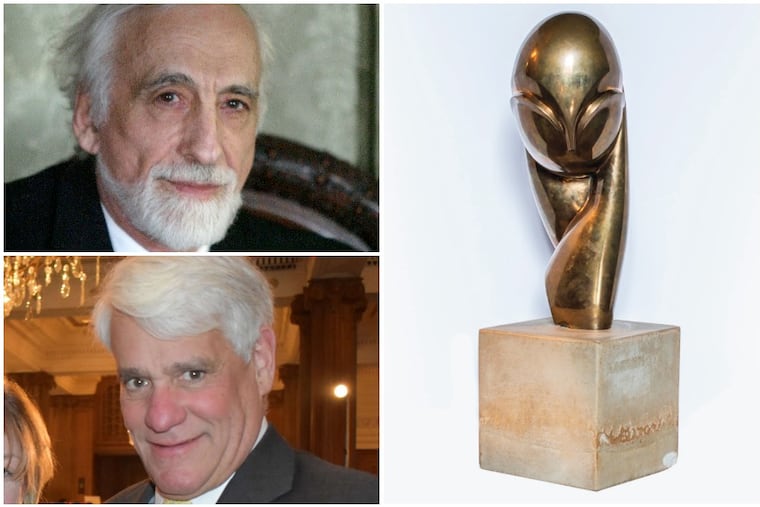$200M lawsuit over bronze Brâncuși pits Warhol friend against Philly high society scion
“The story is ‘Grand Theft Brâncuși,’” said Manhattan art collector Stuart Pivar. “Philadelphia lawyer hornswoggles savvy New York collector out of $100 million. That’s my story. That’s what happened.”
